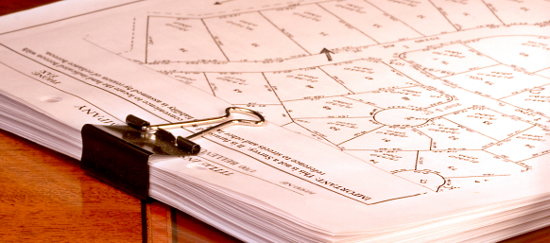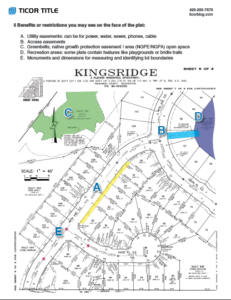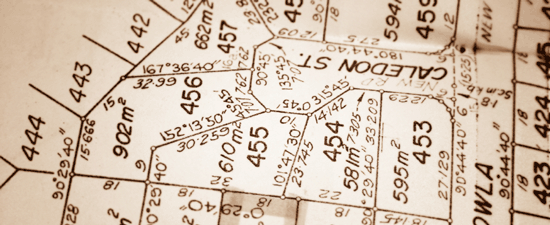A plat is another name for a subdivision. For example, Fircrest is a well known city of about 6,000 near Tacoma. Residents know that Fircrest is not just one neighborhood, but a combination of many unique, smaller communities. And usually, these neighborhoods are named from a subdivision, or plat, that defines the land within a specific area. So, Fircrest residents may think of their particular neighborhood as Fir Tree Park, Linden Manor, Regents Park, or Monterey Park. Each of these ‘neighborhoods’ started as a ‘plat’ or ‘subdivision.’
Seeing a copy of the plat is important because it provides information that may not be recorded anywhere else. Often ‘the plat’ provides specific locations of lots and other features in a visual way on the survey map. Seeing an easement drawn on a map is easier for most of us to understand than reading the legal description would be. Also, a plat creates simple and logical legal descriptions for lots which are far less prone to error or misinterpretation than are metes and bounds legals.
5 benefits or restrictions you may see on the face of the plat (download interactive map):
- Utility easements: can be for power, water, sewer, phones, cable
- Access easements
- Greenbelts, Native Growth Protection Easement/Area (NGPE/NGPA) open space
- Recreation areas: some plats contain features like playgrounds or bridle trails
- Monuments and dimensions for measuring and identifying lot boundaries
The notes section or the map may contain valuable information about:
- Who is responsible for maintenance of common areas
- Who can use specific tracts and for what purpose
- Which tracts will remain as greenbelts and which are designated for future development
Do you have questions about a particular plat? Need some help, understanding some of the important items on a plat? Ticor Property Information Specialists are at your service!
Click here to download the interactive plat map.
Ticor Email for Property Info: cs.wa@ticortitle.com
Ticor Seattle / Renton: 206-720-6969 / 425-255-6969
Ticor Bellevue: 425-467-0377
Ticor Puyallup / Pierce County: 253-383-0055
Ticor International: 425-204-5113
Note: Some charges may apply, in accordance with Washington State Insurance Commissioner Guidelines, but profile, map and deed are always free.



